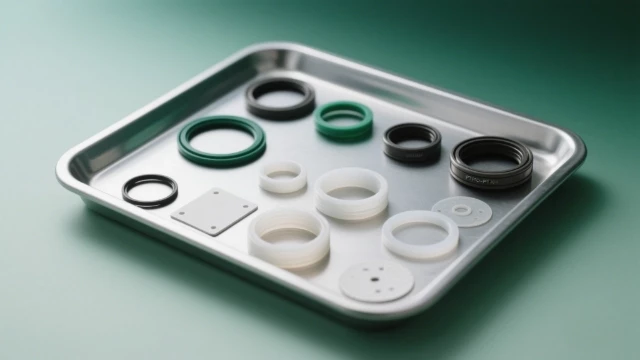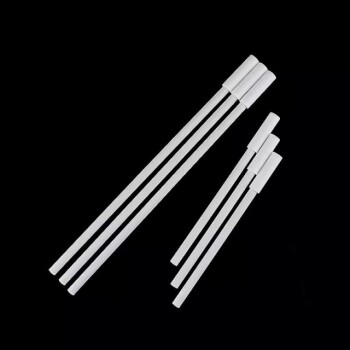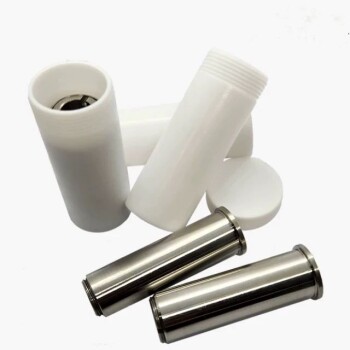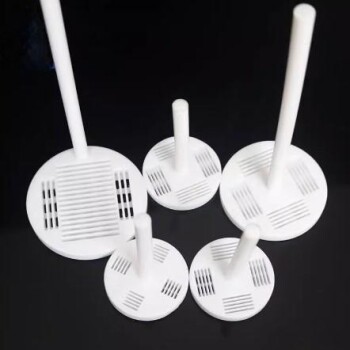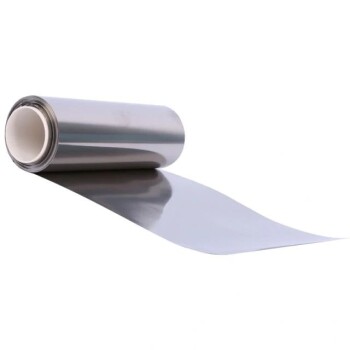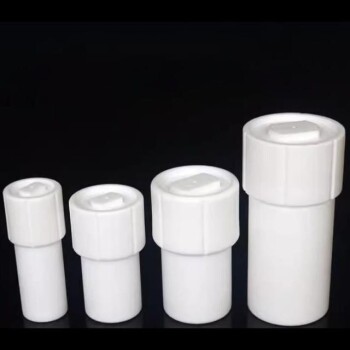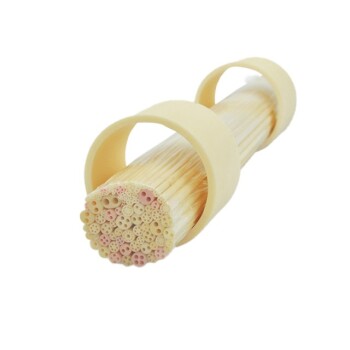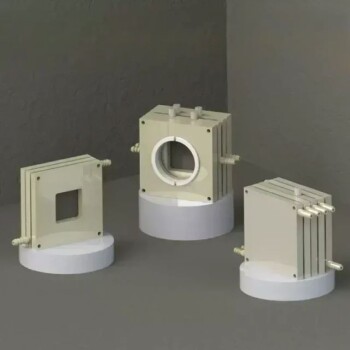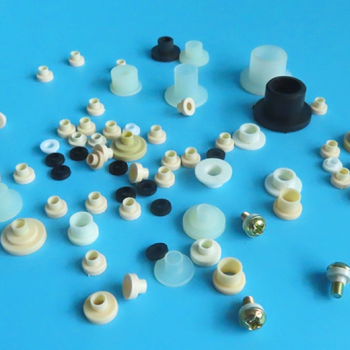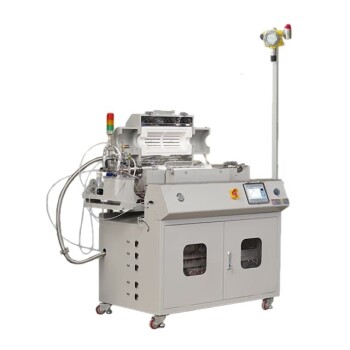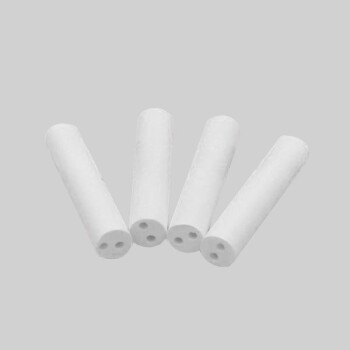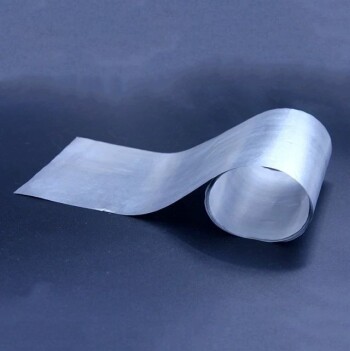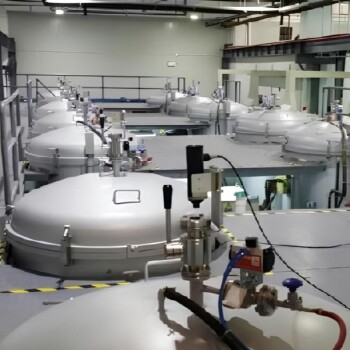Introduction
Flange connection is a core component in industrial piping systems, and its sealing performance directly affects equipment safety and efficiency. Polytetrafluoroethylene (PTFE) gaskets have become an ideal choice in the field of flange sealing due to their unique chemical stability and high temperature resistance. This article combines technical research with practical applications to systematically analyze the core advantages, application scenarios and key points of PTFE gaskets.
I. Excellent performance of PTFE gaskets
-
Chemical corrosion resistance:PTFE is almost not corroded by any strong acid, strong alkali and organic solvent, including concentrated sulfuric acid, hydrofluoric acid and other harsh media. Its chemical inertness makes it perform well in corrosive environments such as chemical and pharmaceutical industries, effectively avoiding medium leakage and equipment loss.
-
Wide temperature range adaptability: PTFE gaskets can work stably at extreme temperatures from -200℃ to +260℃. Experiments show that flange connections with PTFE gaskets can still maintain good sealing at high temperatures of 200°C, and the bolt axial force is less affected by thermal cycles. This feature makes it suitable for high-temperature process scenarios such as oil refining and energy.
-
Low friction and self-lubrication: PTFE has an extremely low friction coefficient (about 0.04), which can reduce wear on the sealing surface and extend service life. At the same time, its surface anti-adhesion properties facilitate disassembly and maintenance, and are particularly suitable for industries with high cleanliness requirements such as food and pharmaceuticals.
-
Anti-aging and mechanical toughness: PTFE materials hardly age during long-term use, and can still maintain an elongation of 5% at a low temperature of -196°C, adapting to deformation requirements under complex working conditions.
II. Structural types and selection of PTFE gaskets
-
Pure PTFE gasket:Made of pure polytetrafluoroethylene, it is clean and pollution-free, and is suitable for hygienic sensitive fields such as food and medicine. However, its cold flow resistance is weak, and the pressure bearing capacity needs to be improved through improved processes.
-
PTFE-Enveloped Gaskets:
- APF-510: It adopts a composite structure of expanded PTFE tape and glass microspheres, with excellent compressibility, which can compensate for the irregularities of the flange surface.
- Enhanced Enveloped Gasket: With metal or rubber as the core and PTFE as the outer layer, it has both mechanical strength and corrosion resistance, but the outer layer is prone to failure due to stress cracking.
- Modified PTFE Gasket :By adding fillers such as glass fiber and graphite, the compressive strength (up to 10.0MPa) and thermal conductivity are significantly improved, which is suitable for high-pressure pipelines.
III. Industrial Application Scenarios and Advantages
-
Chemical and Petrochemical Industry Used for sealing acid-base reactors and refinery pipelines, and can withstand high temperature, high pressure and corrosive media.
-
Food and Pharmaceutical Industry It meets hygiene standards, avoids media contamination, and has a smooth and easy-to-clean surface.
-
New Energy and Environmental Protection Field Resist hydrogen penetration in hydrogen energy equipment and prevent leakage in sewage treatment systems.
-
Electric Power and Electronics Industry As an insulating material for high-voltage equipment, it has both sealing and electrical protection functions.
IV. Key Points for Installation and Maintenance
-
No need for additional sealant :The surface of PTFE gasket is dense, and it can achieve reliable sealing by directly matching with metal flange, simplifying the installation process.
-
Tightening force control: It is necessary to apply force evenly according to JIS B 2251 standard to avoid cold flow deformation caused by excessive compression. It is recommended to use a torque wrench to ensure the consistency of bolt load.
-
Maintenance Precautions:
-
- Do not use sharp tools to scratch the surface of the gasket, and use special cleaning agents first during maintenance.
- Check the sealing surface regularly, and replace it in time if the outer layer is cracked or the compression permanent deformation exceeds 20%.
V. Future Development and Challenges
Although PTFE gaskets have excellent performance, the following problems still need to be solved:
- Creep relaxation: Stress attenuation of gaskets under long-term high temperature may affect the seal, which needs to be improved by optimizing the filler ratio.
- Cost control: The price of PTFE raw materials is relatively high, and promoting recycling and reuse technology can reduce application costs.
Conclusion
PTFE gaskets have become a benchmark material in the field of flange sealing due to their composite advantages of "corrosion resistance, high temperature resistance, and maintenance-free". With the continuous innovation of manufacturing processes (such as ePTFE gradient density design), its reliability under extreme working conditions will be further improved, providing stronger protection for industrial safety and efficiency.
CONTACT US FOR A FREE CONSULTATION
KINTEK LAB SOLUTION's products and services have been recognized by customers around the world. Our staff will be happy to assist with any inquiry you might have. Contact us for a free consultation and talk to a product specialist to find the most suitable solution for your application needs!
